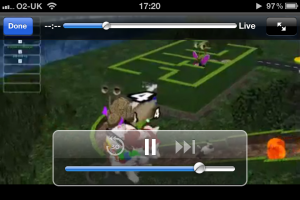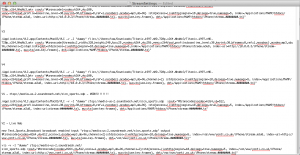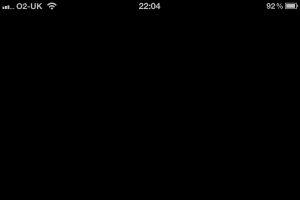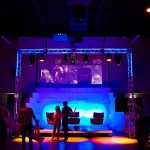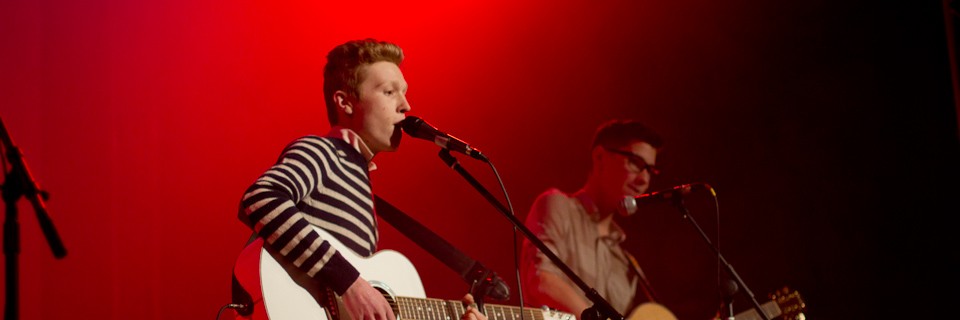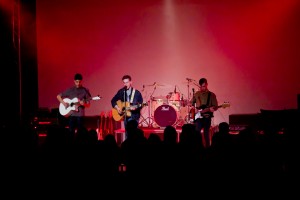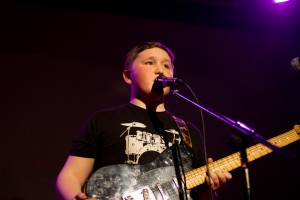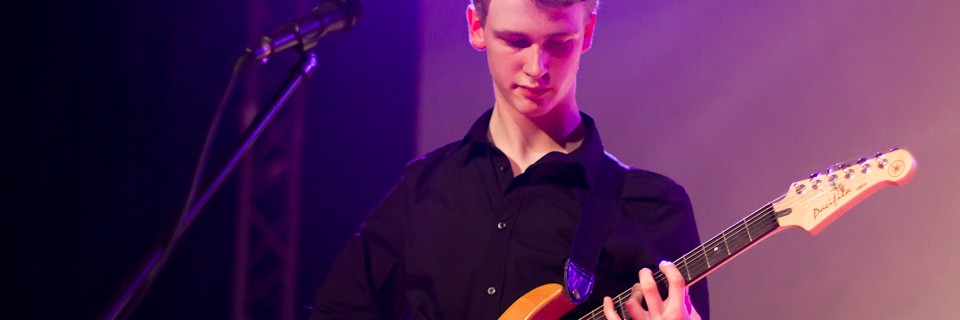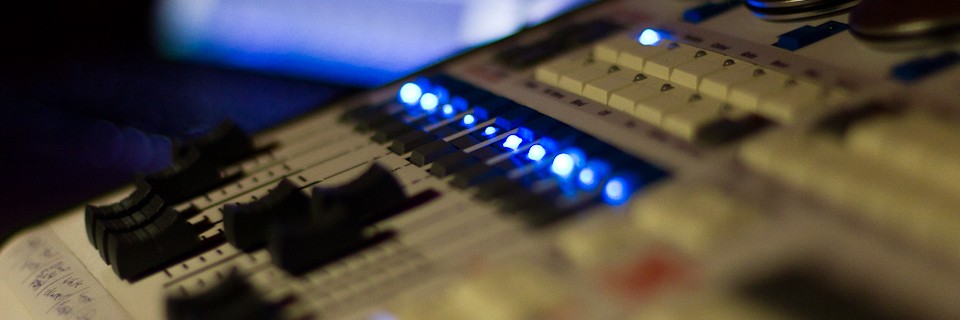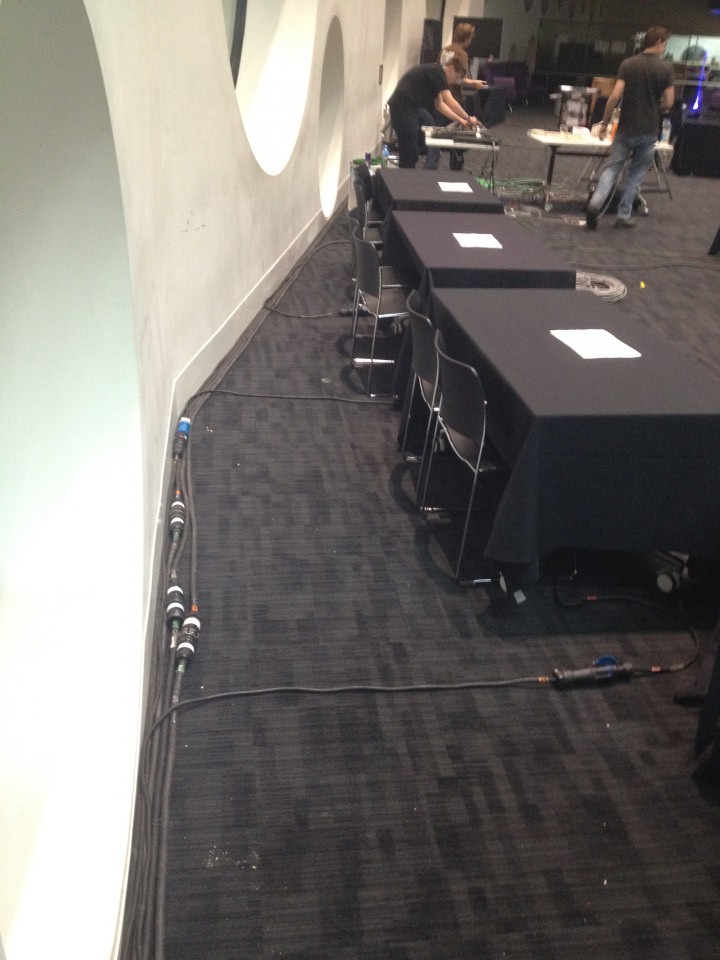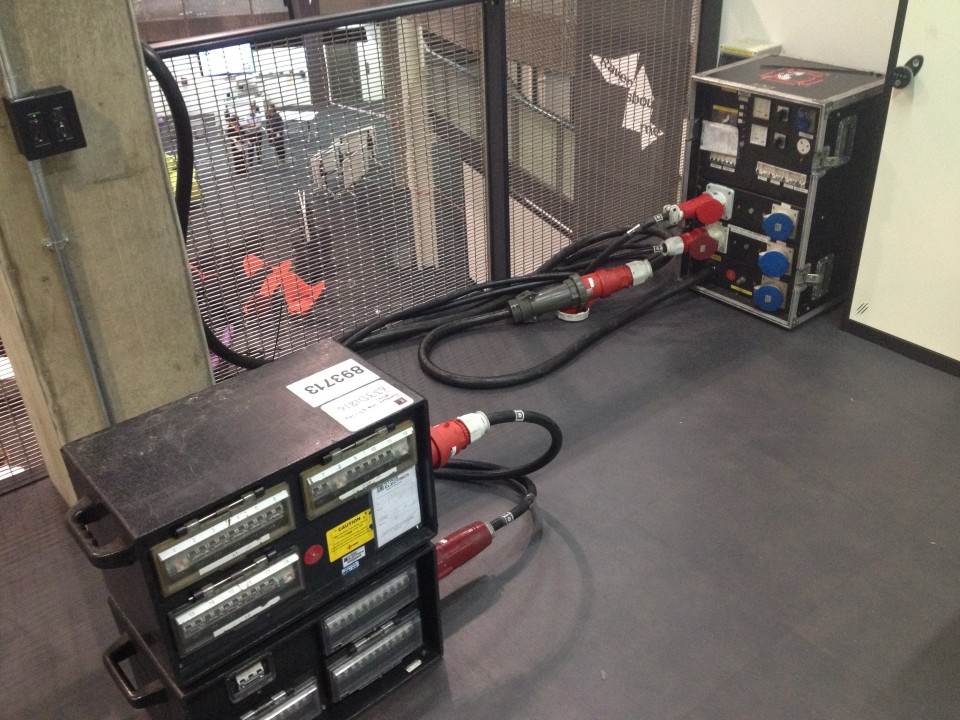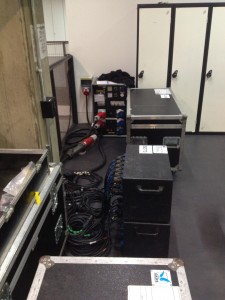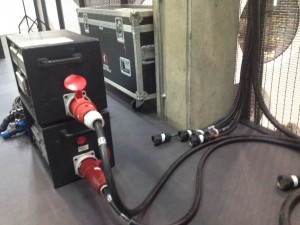News

iPhone Streaming
I’ve finally done it after two long days working with VLC and my Mac and iPhone I finally have a native live video stream to an iPhone.
I started by looking at this site which explained a way to stream to iOS devices using HTTPStreaming and in particular adaptive HTTP Streaming. This tutorial was however out of date, like many I had found either VLC was many version behind the current or the software used to segment the stream no longer existed.
Since version 1.2 (now in version 2.0.1) VLC has been able to create HLS live streams as part of its core streaming functionality, this function though I have found to be poorly documented as it is very similar to the standard progressiveHTTP Streaming module.
Stream Requirements
- A Video or Stream Source
- VLC – dummy or web interface
- A webserver, Apache or similar
You used to also require the mediastreamsegmentator from Apple, however a version of this software has now been written into the core of VLC after the Unwired Developer created a module for VLC back in early 2010 to help streamline the process, this module has since become core functionally of VLC.
The Working VLC Code
The code below is the final code that I used to start VLC into dummy mode from the command line, then transcode and re-stream the incoming stream or video file.
/Applications/VLC.app/Contents/MacOS/VLC -v -I "dummy" rtsp://media-us-2.soundreach.net/slcn_sports.sdp :sout="#transcode{vcodec=h264,vb=512, venc=x264{aud,profile=baseline,level=30,keyint=30,bframes=0,ref=1,nocabac},acodec=mp3,ab=96} :std{access=livehttp{seglen=10,delsegs=true,numsegs=5, index=/Applications/MAMP/htdocs/iPhone/stream.m3u8, index-url=stream-########.ts}, mux=ts{use-key-frames}, dst=/Applications/MAMP/htdocs/iPhone/stream-########.ts"
The first bold item is the incoming stream, for this I used a random RTSP stream I found online for testing, This can be replaced with a file that you wish to stream “as live”, there is also another option in this code to allow “On-Demand” videos to be created like this, but I will go into that another day.
The second bold (index=) item is telling VLC the file path of where it should store the “playlist”, the file that controls the stream, and the one you link to in the video players.
The third bold (index-url=) item is telling it how to link the .ts (Transport Stream) files in relation to the playlist file, in most cases these are stored in the same location, which means I only had to provide the file name of the stream files. The #### signifies a number which is auto generated by VLC with each file.
The fourth and final bold (dst=) item is telling VLC where to store the .ts files and what to call them, this is that system file path, similar to the index= above, including the filename.
On the right you can see the many code variations I went through first to come up with the winning combo above. The above code still needs a few tweaks to find the optimised quality to bit rate, and also a few tweaks to the number of .ts files created. Each .ts file holds approx. 10 seconds of video, and after 5 have been created it deletes the oldest and replaces it with the next 10seconds of footage, this currently allows for 40seconds or so of rewind during a live show.
Distrubution
To distribute HLS or AdaptiveHTTP streams is quite simple, in its simplest form all you require is a web server (Apache, Nginx, IIS) and a webpage with the <video> tag.
Mime Types however are critical and are not set as standard for most web servers, these simple flags are enough to break a stream that is otherwise behaving perfectly. To find out more about mime’s have a look here: http://en.wikipedia.org/wiki/MIME
Configure the following MIME types for HTTP Live Streaming:
File Extension MIME Type .M3U8application/x-mpegURLorvnd.apple.mpegURL.tsvideo/MP2TIf your web server is constrained with respect to MIME types, you can serve files ending in
.m3uwith MIME typeaudio/mpegURLfor compatibility.
The above quote came direct from the apple HLS Developers Site here.
For Apache systems its as simple as creating a .htaccess in the site’s folder or editing the main httpd.conf with the following two lines:
AddType application/x-mpegURL .m3u8 AddType video/MP2T .ts
OR
AddType audio/mpegURL .m3u AddType video/MP2T .ts
This then tell’s the client that the file is video and in a mpeg transport stream, which allows it to process it accordingly. Without one of these MIME flags being set, a .m3u8 file is classed as text/plain and all you load is a 10+ line document with reference links, no video.
Also without the MIME type’s being set you can end up with a black screen on the iPhone Safari, the only way to get out of this black screen is to fully exit Safari and then stop it before it loads or Exit Safari and stop the web server, this then forces an error on the iPhone and allows you to navigate the control’s again.
The Web Page
The webpage I used for this test was extremely simple, and included two lots of the <video> tag. The top set was a reference file that can be found on apple developer site, and the bottom one was the stream from my mac.
<html>
<head>
<title>HTTP Live Streaming Example</title>
</head>
<body>
<video src="http://devimages.apple.com/iphone/samples/bipbop/bipbopall.m3u8" controls></video>
<br/>
<br/>
<br/>
<video src="http://10.0.0.3:8080/iPhone/stream.m3u8" controls> </video>
</body>
</html>
The above code and system works flawlessly on an iOS 5.1.1 and OSx 10.7.3 (Safari 5.1.5).

Snake Pit – Take 2
This week we have been a part of Snake Pit, the Easter school held at Ravensbourne for years 10,11,12, and 13 from local schools. For this event we provided a lighting plot and its associated rig, and then left it to be programmed and operated by Martin Higgins. The rig was fairly simple yet another experimentation ground for all involved, the Lighting plot included some extremely new fixtures (Mac AURA’s) as well as some older generation LED and Moving Lights (Chormastrips and Mac 250’s).
The majority of the lighting rig was LED with the back-wall wash, audience and truss being illuminated by LED. Source 4’s provided the the main key and fill lights for the 3 judges with the back light provided by 1k Pup’s, the Mac 250’s provided the key, fill and back light for the contestants as well as effects.
The Christie Projector shown in the photo was not used during the performance and was only on during the rig and de-rig to allow music to be played out of the house system.

The Deets Present: Battle Of The Bands
One very long day with some amazing results and we’ve pulled it off. Today we were working on The Deets Presents: Battle Of The Bands at Coopers Technology College in Chislehurst. This event was a small budget, Battle of the Bands gig for Coopers Students to battle for the chance to win a day in the recording studio with a professional sound engineer. Using 2 Strand Coda’s, a few Strand Quatet’s and a couple of profiles we managed to knock together a great looking show with nearly no budget. We even managed to take apart the and repair Cooper’s own smoke machine.
Check out some of the photos from the event below:
More can be found on our facebook page here: http://www.facebook.com/pages/Fluxity-Lighting/101581459918126
The Deets Present ‘Battle of the Bands’
We are proud to announce we are working on this next week, so if you in the Chislehurst area on Friday, pop along. Click on the image below for more details.

SeeIT
Today we are providing power for a small (25 stall) event at Ravensbourne on Level 4. For this event we were asked to provide power for 30 stalls and a few lights, all requiring hot power. Each stall was provided with 2 x 13A socket with enough power to run a couple of TV’s and Laptop’s each up to a maximum of 16amp’s per stall.
The events main supply was from a single 125A 3ph which was then split down to two 63A 3ph supplies, before being split down to individually protected 16amp circuits for each stall. This gave us plenty of protection against overloads as well as surges and faults. The system has fault protection at 3 levels before it tripped out the whole event, each 16A feed has its own RCD, each group of 18, 16A sockets had there own 63A 3ph MCB protection and the whole event had 125A 3ph RCD and MCB protection at supply and in distribution.
The bulk of the event was cabled using 6 way 2.5mm SOCA with Fan in’s and fan outs at each end, this provided an easy rig and de rig with only 6 SOCA’s being run out to the required locations, and only 3m and 5m 16A extensions to provide final distribution from the fan outs.
Each stall could pull up to 16A with out tripping the individual circuit , but if all 25 had pulled the full 16A, they would have tripped out the incoming breakers as the supply is only protected at 125A 3PH, but 25 stalls all at maximum load would pull 133.3A per phase. Due to the fact that most stall’s were only running a laptop and possibly a tv or small projector, this limit will never be reached, even if a few stalls do draw the maximum available.
During the event today we took some current readings on our main distro and each phase was so low it was unreadable on the meter and the meter’s range was from 50A to 200A.
Today also used the exact kit we have specified for the upcoming 3D Storytelling Conference in late March, and provided a useful insight into any problems we may come across when we rig the next event, in the same space.
Photos after the break:
